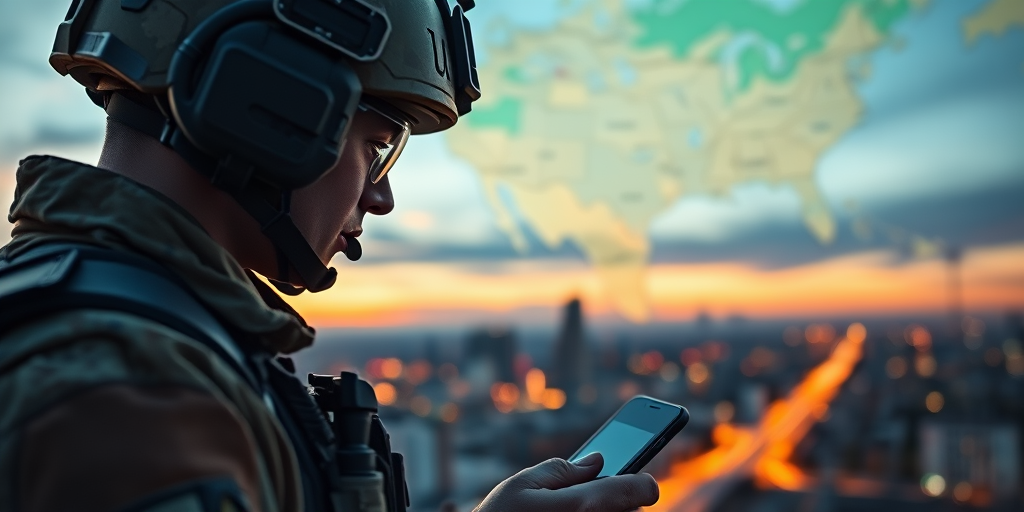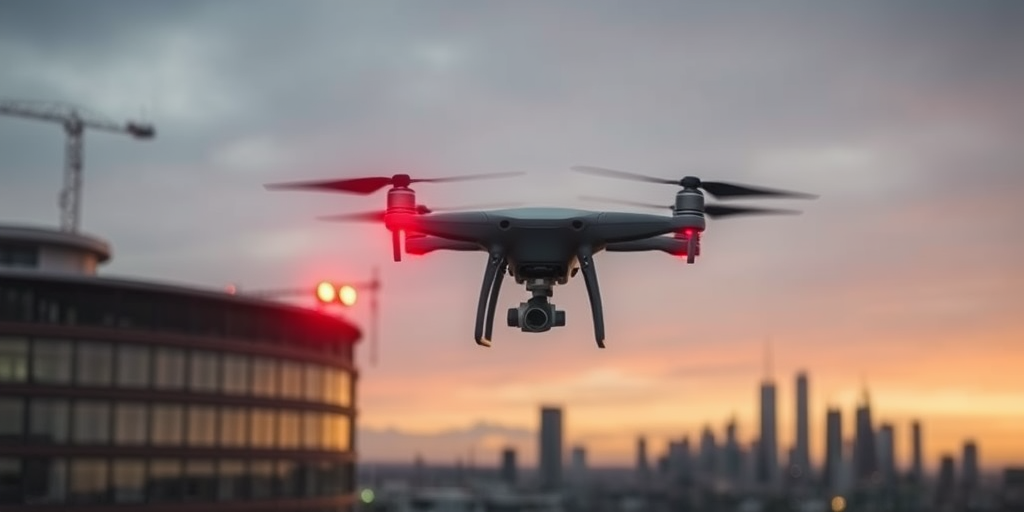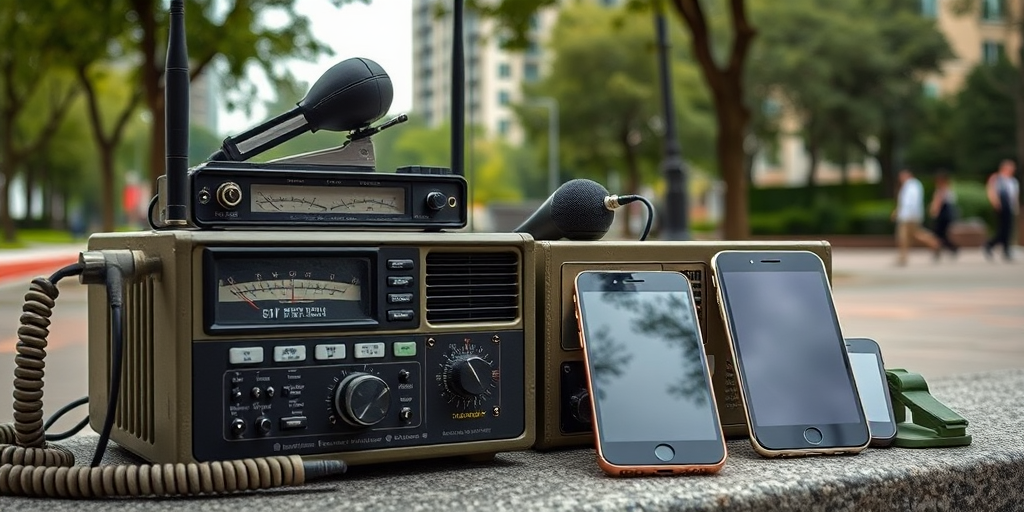Ever wonder if battlefield innovations now power everyday conveniences? Cutting-edge systems like GPS, radar, drones, handheld radios, and even the Internet have leapfrogged from war rooms to our pockets, transforming how we navigate and connect. This post dives into five military technologies reimagined for civilian use, revealing how strategic engineering innovations deliver practicality, safety, and efficiency in our daily lives. Get ready to explore the fascinating journey of inventions that redefined modern convenience.
Radar Technology: Military Origins Transforming Civilian Traffic and Weather Safety

Developed during World War II, radar technology emerged as a critical military tool capable of detecting enemy aircraft and naval vessels by bouncing radio signals off objects. This innovation provided armed forces with enhanced situational awareness and precise target tracking under adverse conditions, laying the groundwork for its influential role in modern warfare.
Transitioning from its military roots, radar technology underwent significant adaptation for civilian use. Researchers and engineers refined the system’s capabilities to address complex challenges in non-combat environments. By tuning the signal processing and integrating advanced computational techniques, radar systems evolved into robust technologies that ensured accurate detection of moving objects, naturally transitioning into invaluable applications beyond defense.
Today, civilian radar applications play an essential role in ensuring public safety and operational efficiency. The technology underpins numerous sectors by supporting real-time monitoring and decision-making processes. Its integration into everyday systems underscores the transformative impact of military innovations on civilian infrastructure, driving developments that bolster safety and improve efficiency.
- Aviation
- Meteorology
- Traffic monitoring
- Maritime navigation
These applications highlight how a technology born from military necessity now fuels progress across diverse areas in our interconnected world.
Handheld Two-Way Radios: From Military Communication to Modern Outdoor Essentials

Developed during World War II for the U.S. Army, handheld two-way radios represented a vital breakthrough in tactical communication. Early models such as the Motorola SCR536 featured a three-foot antenna and could transmit messages up to three miles under optimal conditions. Engineered to withstand harsh battlefield environments, these devices combined precision optics and advanced circuitry to ensure clear, reliable transmissions. Military research drove their design, focusing on ruggedness and portability while ensuring secure, uninterrupted contact during critical operations.
Transitioning from bulky military equipment to sleek, compact tools, handheld two-way radios have become indispensable for outdoor enthusiasts and emergency responders. Their robust design and reliable performance have led to widespread civilian adoption for a variety of activities. Today, these devices facilitate efficient communication in remote areas where cellular networks may be absent, enhancing both personal safety and coordination.
- Camping communication
- Hiking safety
- Emergency coordination
- Sports event organization
These advancements continue to underscore the evolution of military technology, illustrating how innovative design principles beneficially permeate everyday civilian applications.
Frequently Asked Questions on Military Technologies Transitioning to Civilian Use

The evolution from military innovation to civilian utility is rooted in rigorous research designed to operate under extreme conditions. Strategic engineering adapted technologies originally crafted for tactical operations, secure communications, and precise navigation to meet everyday civilian needs. These dual-purpose inventions have not only improved operational efficiency but also sparked significant progress in various industries.
Ongoing impacts are evident in enhanced public safety systems, advanced communication frameworks, and refined logistical tools. However, the transition also prompts questions regarding safety implications and integration challenges. Addressing viewer concerns continues to be essential as technology evolves to ensure that military-derived innovations reliably meet civilian standards.
- What are the safety implications of using military technology in civilian applications?
Answer: The technology is rigorously tested and reengineered for safe civilian use. Further explanation involves adapting military-grade systems to comply with strict public safety regulations. - How has the adaptation process improved everyday life?
Answer: It has provided precise, reliable tools that enhance communication, navigation, and emergency response. Detailed refinements have made these technologies integral to modern infrastructure. - Are there any challenges associated with military-derived civilian tech?
Answer: Yes, challenges include cost, integration complexity, and continuous adaptation. Ongoing research addresses these issues to ensure seamless civilian implementation.
Final Words
in the action, our exploration revealed how military innovations seamlessly transitioned into everyday life. The article examined origins, evolution, and practical applications of GPS, radar, drones, handheld radios, and the Internet.
Key takeaways include:
• Robust military development
• Smooth adaptation to civilian use
• Broad-ranging benefits for modern society
Exploring 5 Military Technologies Now Used by Civilians highlights how persistent innovation enhances daily routines and drives progress. Embracing these advances fosters efficiency and opens up a promising future for technological integration.
FAQ
Q: What are the most significant military technologies now used in civilian life?
A: The most impactful military technologies adapted for civilian use include GPS for navigation, the Internet for global connectivity, radar systems for weather forecasting, drones for aerial photography, and two-way radios for communication.
Q: How did GPS transition from military to civilian use?
A: GPS transitioned to civilian access following the 1983 Korean airliner incident. The U.S. Department of Defense originally developed the system in 1973, later allowing public access for enhanced navigation and location services.
Q: What role did military research play in developing the Internet?
A: The Internet originated as a DARPA military project in the 1960s, designed for secure command and control during conflicts. This distributed network architecture evolved into today’s global communication infrastructure.
Q: How have military drones influenced civilian applications?
A: Military drone technology has transformed into versatile civilian tools, enabling advanced aerial photography, emergency response operations, agricultural monitoring, and recreational activities through more accessible and sophisticated designs.
Q: What modern benefits emerged from military radar technology?
A: Military radar technology now provides crucial civilian applications in weather forecasting, air traffic control, maritime navigation, and traffic enforcement, enhancing public safety and transportation efficiency.
Q: How do military innovations typically transition to civilian markets?
A: Military innovations transfer to civilian markets through research partnerships, technology licensing, and commercial development programs. This process often results in refined, cost-effective versions optimized for public use.
